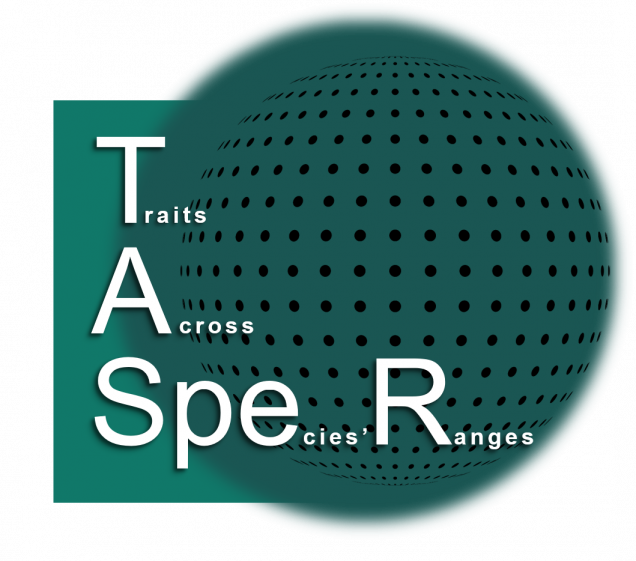Community Scientists and TASpeR
Click Here to Sign-up as a Community Scientist

Requirements and expectations for community scientists volunteering with TASpeR
Identifying and sampling a red maple (Acer rubrum) tree
The citizen scientists we partner with will collect leaves from a single red maple tree, at peak growing season in August and again when leaves fall from the tree. In order to do this you have to be able to identify a red maple. We are currently putting together a guide on how to identify maple species. In particular, the guide will focus on differentiating red maple (Acer rubrum) from other maples such as silver maple (Acer saccharinum) and sugar maple (Acer saccharum) – stay tuned! For now the USDA has several resources worth checking out: 1) The Plant Database 2) The Plant Guide.
Collecting and recording other relevant data
In addition to providing the leaf samples, citizen scientists will also fill out a form to provide more information about the particular tree and ecosystem from which they sampled.
This additional information will include:
- Circumference of the tree (to estimate size)
- Location information (to extract climate and meteorological data from databases)
- Physical surroundings (street tree vs. yard tree vs. woodlot/forest to inform whether the tree is of cultivated origin)
- Associated vegetation (to understand the red maple’s vegetative community)
Who can help out as a community scientist?
The TASpeR project is open to any individuals, groups, or teams that are interested! Please get in touch here if you have any questions about eligibility.
Which red maples to sample?
Red maples occur naturally in woodlots and forests, and there is also an industry of cultivated and cloned varieties of red maple sold by nurseries. It is likely that planted street trees and those purchased and planted from landscaping centers are a cultivated variety. The good news is that we are interested in all red maple trees from all environments (urban to rural to forested) in this study – so if you know of a red maple in your area we are interested in it, but do make sure you have permission to sample.
Because this project involves collecting leaf samples from trees and not just making observations, the community scientists collecting samples need to make sure appropriate personnel have been contacted to approve the activities prior to collection. TASpeR project leaders can help identify and assist in cases where it will be necessary to contact relevant authorities to gain sampling permission (email us!).